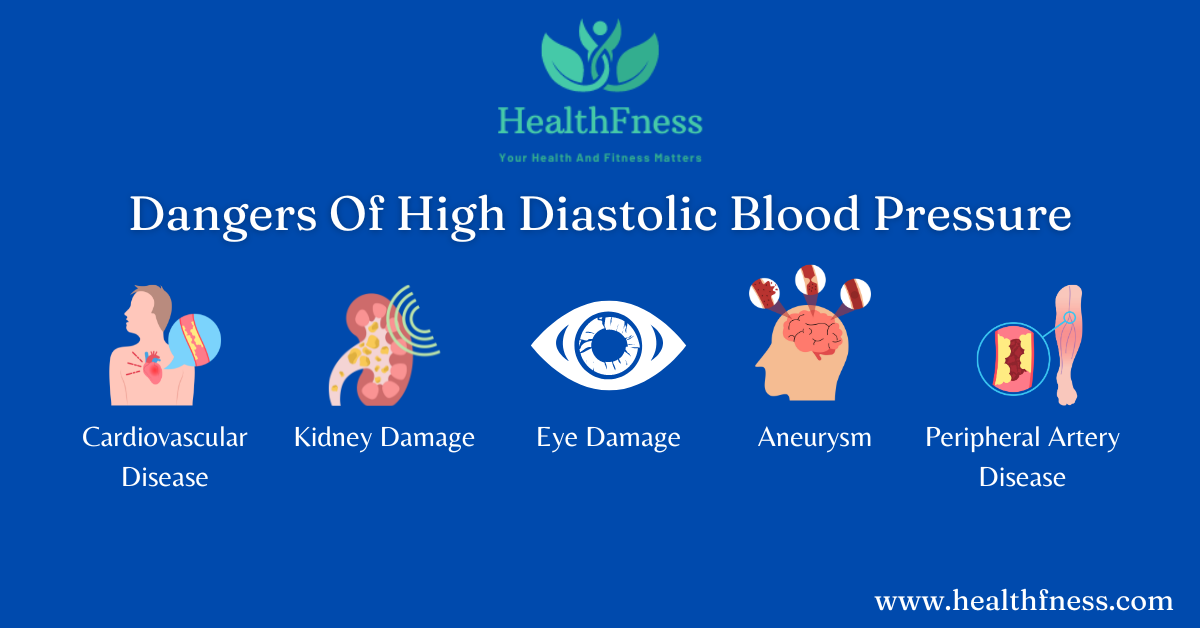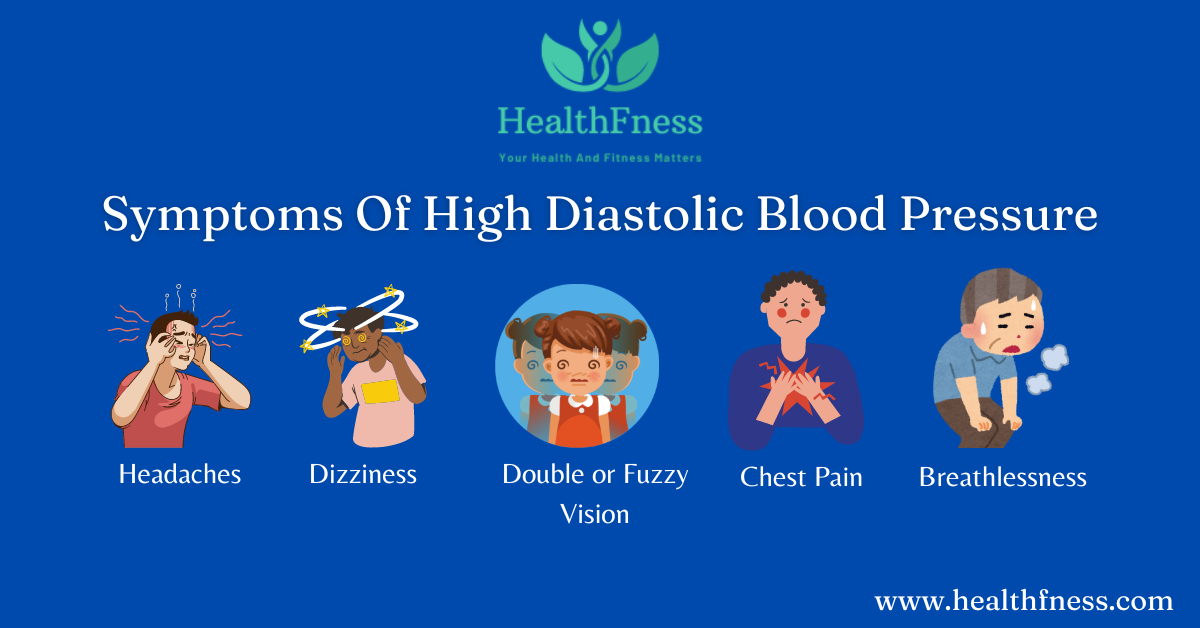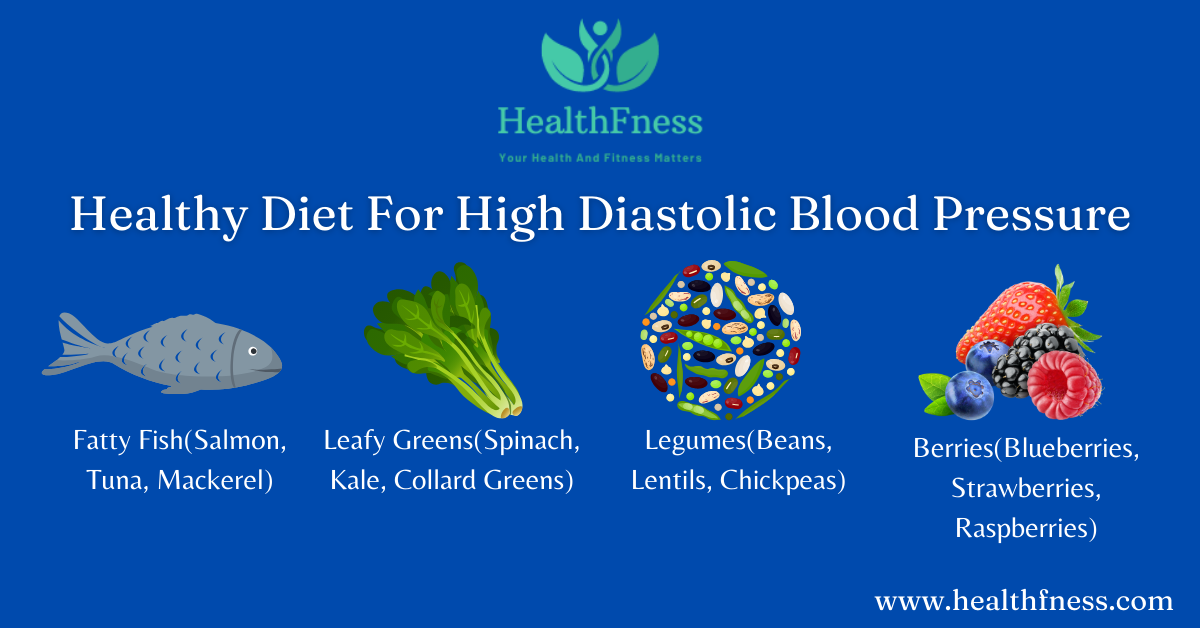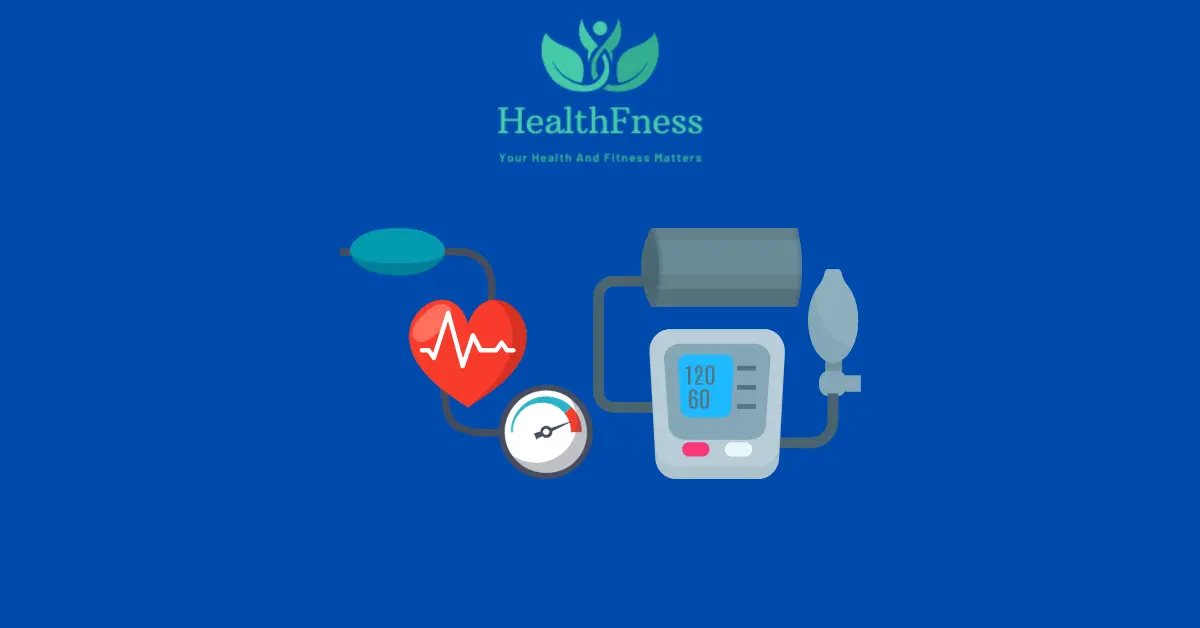Before uncovering the answer to this question How To Normalize Diastolic Blood Pressure? We should know what is diastolic blood pressure.
The second number in a blood pressure reading, expressed in millimeters of mercury (mmHg), is diastolic blood pressure. It represents the tension in the arteries between heartbeats or when the heart is at rest. Diastolic blood pressure, then, is the lowest pressure experienced by the arterial system throughout a cardiac cycle. Less than 80 mmHg is commonly considered to be a normal diastolic blood pressure level.
A look at diastolic blood pressure
One study🔍 done by Matthew Solan, Executive Editor, Harvard Health Publishing have explores about the diastolic blood pressure.
This study highlights the importance of monitoring both systolic and diastolic blood pressure for cardiovascular health. While high systolic pressure is well-known for its risks, low diastolic pressure can also pose dangers, as shown in a recent study linking it to increased heart attack and stroke risk. Maintaining a balance between systolic and diastolic pressures within healthy ranges is crucial for optimal heart health.
Dangers Of High Diastolic Blood Pressure
We should know the dangers of high diastolic blood pressure so we have awareness about the severity of this problem. Some of the potential risks and dangers associated with high diastolic blood pressure are given below:
Increased risk of cardiovascular disease_ The High diastolic pressure can damage the blood arteries and increase the risk of blockages in blood vessels which eventually leads to heart attack, heart stroke, and other cardiovascular diseases.
Kidney damage_ If a person has frequently high diastolic pressure then it may lead to damage to kidney function and reduce their ability to filter waste products from the blood. If this remains consistent then the person may suffer from chronic kidney disease which may require dialysis or a kidney transplant.
Eye damage_ The high diastolic pressure can damage the vessels of the eyes and a person may feel vision problems and in the worst cases even blindness.
Aneurysm_ High diastolic blood pressure can erode the artery walls, increasing the risk of a bulge or rupture. An aneurysm, a potentially fatal condition, may result from this.
Peripheral artery disease_ The arteries in the legs and feet might constrict or block due to high diastolic blood pressure, which leads to impaired circulation and an increased risk of infection or amputation.

These are some risks associated with high diastolic blood pressure so it’s important to keep an eye on your blood pressure.
What Causes High Diastolic Blood Pressure
Every disease has some cause the causes of high diastolic blood pressure are given below:
Aging_ As our age increases our blood vessels become less flexible and eventually it raises diastolic blood pressure.
Family history_ High diastolic pressure can be inherited which means if your parents or family members have this then you are at higher risk of having this disease.
Obesity_ If a person is overweight then due to this weight our veins have to bear the extra strain, leading to high diastolic blood pressure
Lack of physical activity_ High diastolic blood pressure might be attributed to a sedentary lifestyle. The cardiovascular system as a whole can benefit from regular exercise by lowering blood pressure.
Poor diet_ Our diet plays an important role in our overall health so choose carefully. A diet high in sodium, saturated fat, and processed foods can contribute to high blood pressure.
Stress_ By raising levels of stress hormones like cortisol, long-term stress can cause hypertension.
Some other health conditions like diabetes, kidney disease, and sleep apnea also increase the chances of having high diastolic blood pressure.
Explore the attachment to have more knowledge on causes of high diastolic blood pressure: What causes high diastolic blood pressure? ↗
Symptoms Of High Diastolic Blood Pressure
The symptoms or signs of high diastolic blood pressure are not noticeable that why it can be called a “silent Killer”. However, in some cases, high diastolic blood pressure may cause the following symptoms:
Headaches_ High diastolic blood pressure can cause headaches in some persons, especially in the back of the head or at the base of the skull.
Dizziness_ High diastolic blood pressure might make you feel faint or dizzy, especially when getting up rapidly or changing positions.
Double or fuzzy vision_ In some situations, high diastolic blood pressure might affect a person’s vision.
Chest pain_ High diastolic blood pressure may result in chest pain or discomfort, especially while exerting oneself physically.
Breathlessness_ High diastolic blood pressure can make it difficult to breathe, especially while exerting oneself physically.

Ranges Of Diastolic Blood Pressure
| Normal Range | High Range | Low Range | |
| Diastolic BP | Less than 80 | 80-89 | 60-79 |
You May Also Like To Read: Why heart rate measurement is important for workouts? ↗
How To Normalize Diastolic Blood Pressure
We will explore here 10 realistic ways which help to normalize diastolic blood pressure. So Let’s get started.
Adopt A Healthy Diet
Blood pressure can be lowered by eating a diet high in fruits, vegetables, whole grains, and lean proteins. Processed food and salt restriction can both be helpful. And eat heart-healthy foods like:
- Fatty fish: Salmon, tuna, mackerel, and other fatty fish
- Leafy greens: Dark, leafy greens such as spinach, kale, and collard greens
- Berries: Berries such as blueberries, strawberries, and raspberries
- Legumes: Legumes such as beans, lentils, and chickpeas

Exercise Regularly
Blood pressure can be lowered and cardiovascular health can be enhanced by regular exercise. Try to exercise for at least 25 to 30 minutes, most days of the week, at a moderate level not intense exercise. Here are two exercises that you can do:
Aerobic Exercise_ Aerobic activity can help to enhance cardiovascular health and lower blood pressure. Examples of aerobic exercise include walking, jogging, cycling, and swimming. On most days of the week, try to get in at least 30 minutes of moderate-intensity aerobic activity so it will give you great benefits.
Resistance training_ Resistance training can assist increase muscle strength and lower the risk of heart disease. Examples of resistance training include weightlifting and bodyweight exercises. Resistance training is another form of exercise that can help decrease blood pressure.
Remember, small changes add up to big results. Stay consistent and committed to lowering your diastolic blood pressure.
Lose Weight
If you are obese or overweight then try to lose weight and maintain a healthy weight it will have a positive impact on overall health and also lower diastolic blood pressure.
Quit Smoking
Smoking damages blood arteries and raises blood pressure. Smoking cessation can enhance general health and lower blood pressure.
Limit Alcohol Consumption
Alcohol abuse can cause blood pressure to rise. Limit your daily alcohol intake to no more than one drink for women and two for men. And if you completely quit alcohol it is very great.
Reduce Stress
Chronic stress can contribute to high blood pressure. Stress is like a burden or a weight so try to find healthy ways to manage stress, such as exercise, meditation, stress balls, or deep breathing. It will help a lot to manage stress.
Get Enough Sleep
Having good sleep is very important for our overall health because our body heals itself when we are sleeping. Poor sleep can contribute to high blood pressure. Try to sleep peacefully for 7 to 8 hours each night.
Monitor Your Blood Pressure Regularly
Regular blood pressure checks can aid in identifying elevated readings and enable prompt therapy. If a person not checking their blood pressure regularly then the chances are that he or she may not be able to manage the situation timely.
Take Medication As Prescribed
If a medicine is prescribed to control high diastolic blood pressure, follow your doctor’s instructions carefully. Never use a medication without the prescription of your health care provider or doctor.
Seek Medical Attention
Seek medical help from a healthcare provider if lifestyle changes alone are ineffective in controlling high diastolic blood pressure or if you exhibit any worrisome symptoms. They might suggest different forms of therapy.
Take charge of your health and empower yourself to lower your diastolic blood pressure with simple lifestyle changes.
FAQs
How to stabilize diastolic blood pressure?
Optimize your lifestyle with regular exercise, a balanced diet rich in fruits and veggies, stress reduction techniques, and avoiding smoking and excessive alcohol.
What foods lower diastolic blood pressure?
Incorporate potassium-rich foods like bananas and spinach, magnesium-rich options like nuts and seeds, and fiber-packed choices like whole grains and legumes.
How do you keep your diastolic blood pressure normal?
Maintain healthy habits including a balanced diet, regular exercise, stress management, sufficient sleep, and avoiding smoking and excessive alcohol consumption.
What is the best treatment for diastolic blood pressure?
Combination of lifestyle changes such as diet and exercise with medications like diuretics or ACE inhibitors, as prescribed by a healthcare professional.
How do you fix low diastolic blood pressure?
Increase fluid and salt intake, wear compression stockings, elevate legs, and consult a healthcare professional for personalized treatment.
How do you normalize low diastolic blood pressure?
Identify and address underlying causes with lifestyle changes and medications under medical supervision.
Why is diastolic blood pressure high?
Factors include age, genetics, obesity, stress, unhealthy lifestyle, underlying health conditions, and certain medications.
Is 90 diastolic too high?
Consult a healthcare professional if diastolic pressure consistently exceeds 90 mmHg for proper evaluation and management.
What is an unsafe diastolic?
Consistently elevated readings above 90 mmHg indicate potential health risks and require medical attention.
What directly affects diastolic blood pressure?
Arterial stiffness, blood volume, heart rate, hormonal levels, kidney function, vascular resistance, lifestyle factors, medical conditions, and medications all influence diastolic blood pressure.
Conclusion
High diastolic blood pressure, ideally below 80 mmHg, increases risks like heart disease, kidney damage, and vision problems. Contributing factors include aging, obesity, family history, and poor diet. Though symptoms may not be obvious, signs like headaches, dizziness, blurred vision, and chest pain can occur. Effective management involves a healthy diet, regular exercise, weight loss, quitting smoking and alcohol, adequate sleep, stress management, monitoring blood pressure, and medication adherence.
Which way do you find more effective Let Us Know! 😀

